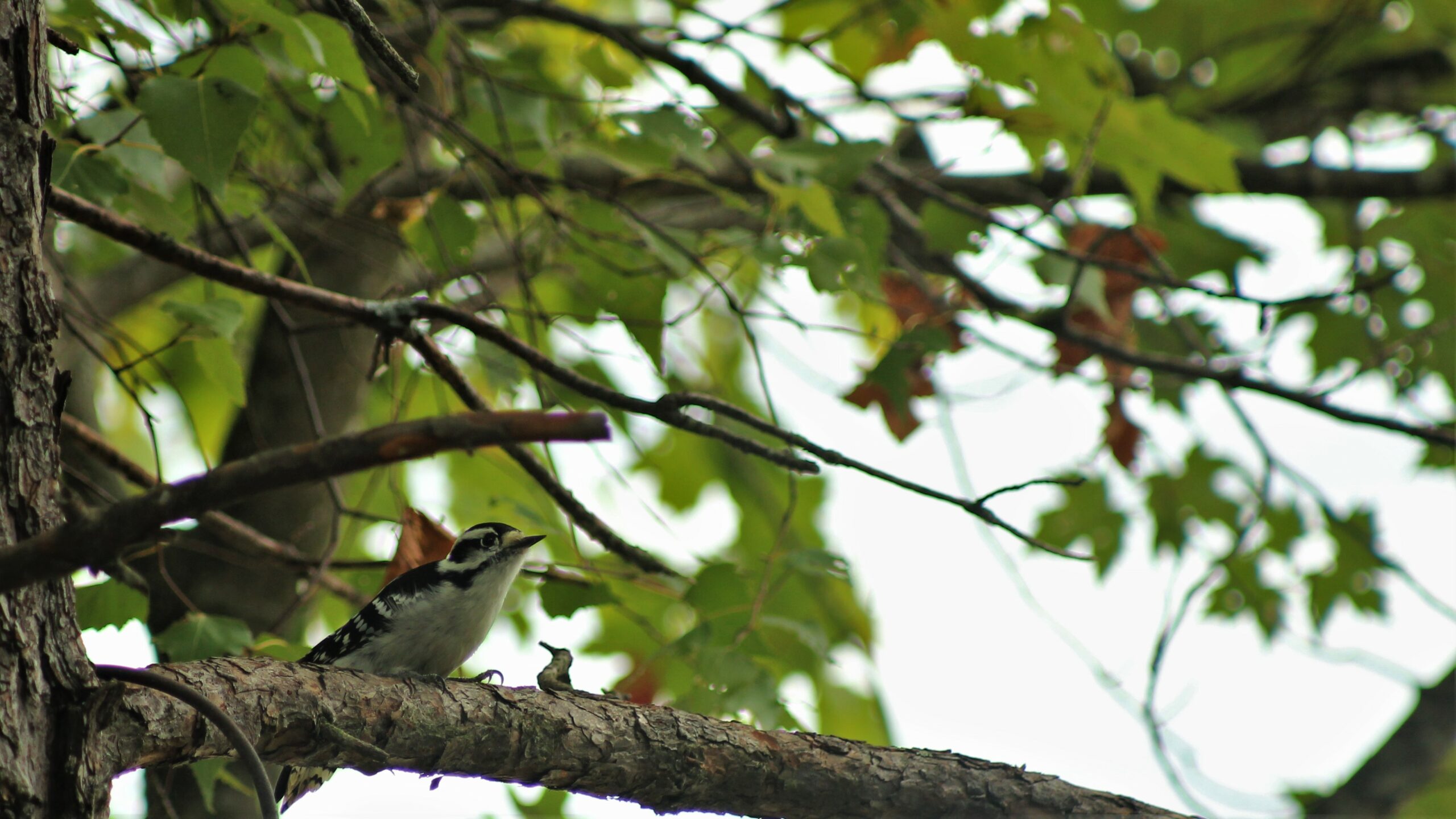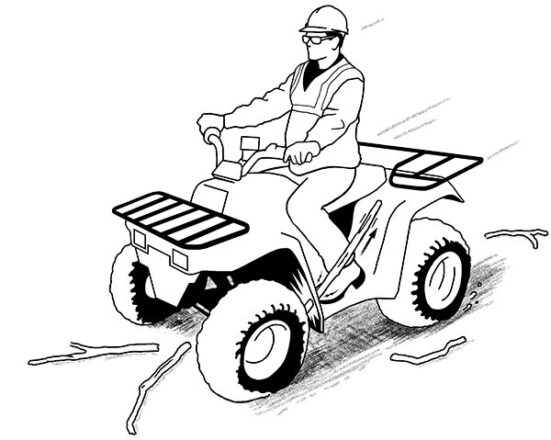Connecting with Conservation Partners

Last week I had the opportunity to speak to a committee of Partners in Flight, a coalition of organizations dedicated to bird conservation. These were researchers, habitat conservation professionals, and scholars united by their love of birds. Why did they want to talk to the Forest Resources Association, and what do forest industry supply chains have to do with birds?
When a Professor at the University of Maine approached me for this conversation, I was informed that in the Northeast (and other places as well, but this group was concerned about the Northeast), the habitat for some bird species was shrinking and causing concern among those who care about birds. Some believe a root cause of this habitat loss is less forest management, driven in part by a loss of markets for some forest products.
There are several leaps of logic there (most of them based on truth, I would add). Still, I had a Zoom meeting full of wildlife biologists and environmental advocates asking me how they could help support increased markets for forest products. As a group, they had close to no idea how to make this happen, and at least one person suggested, “We just need to build new markets” (if only it were that simple), but they absolutely wanted to know how to help, and that’s pretty amazing.
Assuming that this group knew as much about forest markets as I do about birds (i.e., very little), I walked them through some information most of us would think of as reasonably basic;
- The land use in the regions (forest, agricultural developed, etc.);
- Percent timberland by county;
- Who owns the timberland, and how different landowner types (family, corporate/institutional, public) may have different goals and management objectives;
- Dominant forest types and what this means for local markets;
- Forest product types, including:
- Relative value to the landowner
- The need for a range of markets to use a mix of species and grades (including explaining that not every tree is perfect for making heirloom quality furniture)
- Sawlogs
- Pulpwood
- Biomass
- Emerging products
- The FRA Wood Supply Chain Schematic, and how important it is for the entire chain from woods to mill to be healthy; and
- How to find and connect with state-level organizations and others supporting increased use of, and new markets for, forest products.
While I suspect I left the group a little overwhelmed with new information, I also found allies to reach out to when forestry issues are up for debate. At the end of our hour together, these folks that care deeply about birds were seeing how the forest industry can help them achieve that goal and looking for ways to support its stability and growth. The revelations achieved within this meeting helped me to think about how many other rallies we have – some we have probably never really identified – that can continue to help us tell our story, stabilize and grow the wood supply chain, and find new opportunities to use wood. We are doing great work supporting rural economies, managing forests responsibly, and using renewable resources to meet society’s needs. The key takeaway from this experience is to remember that others out there share these same goals and may be willing to build alliances.


